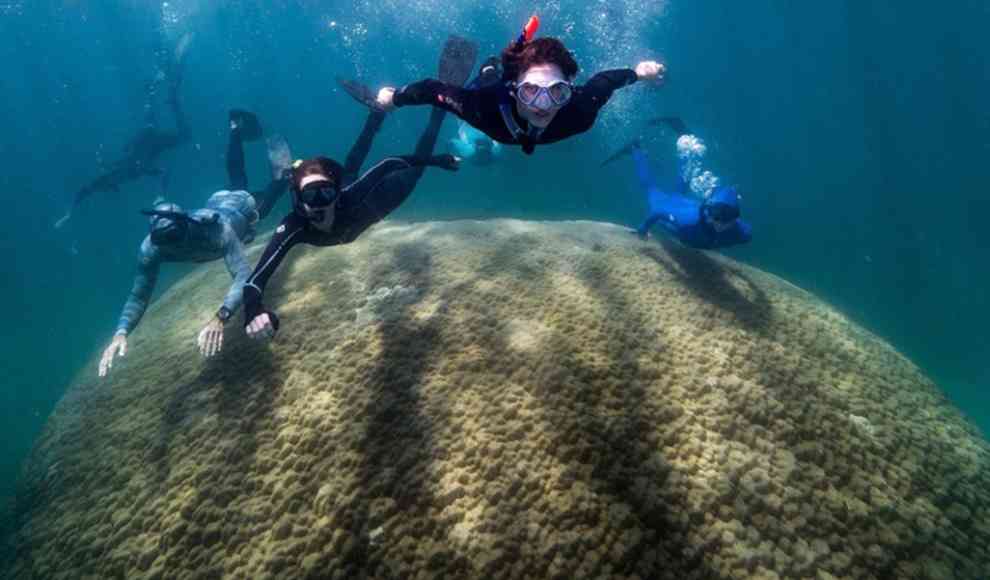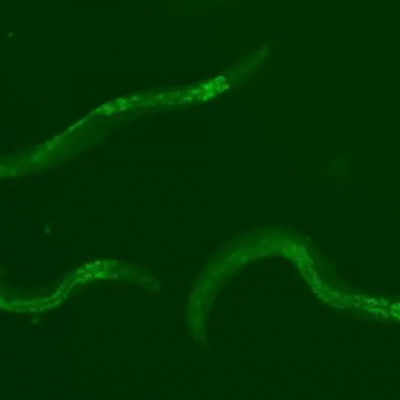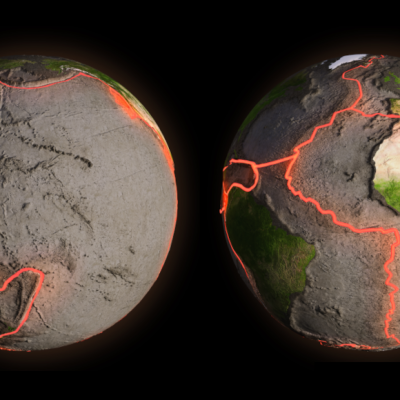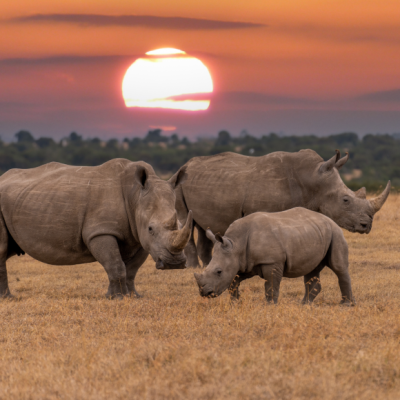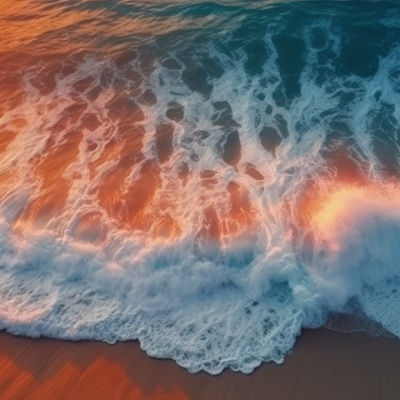In the Great Barrier Reef, a 430-year-old stone coral with a record diameter has been discovered. The extremely resilient Porites coral has survived around 80 strong cyclones and 100 coral bleaches. This discovery was made by scientists from James Cook University in Townsville, Australia. The coral, which is around 5.3 meters high and has a diameter of 10.4 meters, was found in front of the Palm Islands. Such spherical coral giants are also known as “bommies”. According to Adam Smith, this coral is the thickest ever measured in the Great Barrier Reef. The second-largest known coral is 2.4 meters smaller.
The scientists were able to calculate the age of the coral, which they named Muga dhambi, by its size. They estimate that it is between 421 and 438 years old, meaning it has been alive long before the arrival of the first Europeans in Australia. During its long life, the stone coral has survived at least 80 strong cyclones, 100 coral bleaches, and environmental changes caused by invasive species and human activity. Despite its age, the surface of the coral indicates good health. Around 70 percent of the bommie is covered by living coral polyps, while the rest is covered by algae, sponges, and polyps of other coral species.
The discovery of this rare and resilient coral is significant, and the scientists urge that it should be valued, preserved, and well-monitored. They hope that it will inspire future generations to protect our reefs and our culture. The Great Barrier Reef is not only found in the tropical waters but also in the brackish waters of the Amazon estuary and even in the Arctic deep sea. The coral reefs are the basis of almost all coral reefs, and they are essential for the survival of many marine species.


